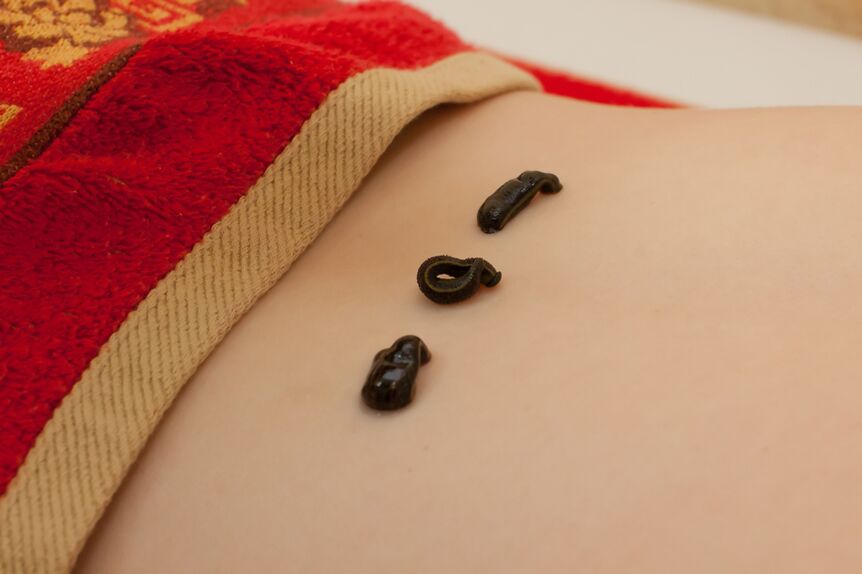
Code ICD-10 - Osteochondrosis of the spine (M42)
Osteochondrosis of the lumbar spine is a degenerative-dystrophic lesion of the spine. This disease of the lumbosacral spine is one of the most common in modern medicine. In both women and men, the disease can cause temporary disability but also disability.
Osteochondrosis of the lumbar spine has a chronic course, with a period of exacerbation.
Sources of disease
Medicine does not state unequivocal reasons that can cause such a disease in both women and men. Thus, we can conclude that the disease is multifactorial. The most popular theory about the origin of the disease is the systematic process of tension of the muscular system, non-physiological tension of the muscles, as a result of which the vertebrae are overloaded, their blood circulation worsens. As a result, degeneration of the intervertebral discs occurs, leading to osteochondrosis of the lumbar spine.
The following causes of disease in women and men are no less common:
- Causes of endocrine and metabolic disorders.
- Causes, which consist of a hereditary predisposition to the disease.
- Causes arising from microtrauma, as well as autoimmune disorders.
- Causes associated with pathological processes of internal organs.
People who have suffered a back injury or who lead a sedentary lifestyle are most predisposed to develop osteochondrosis of the lumbar spine.
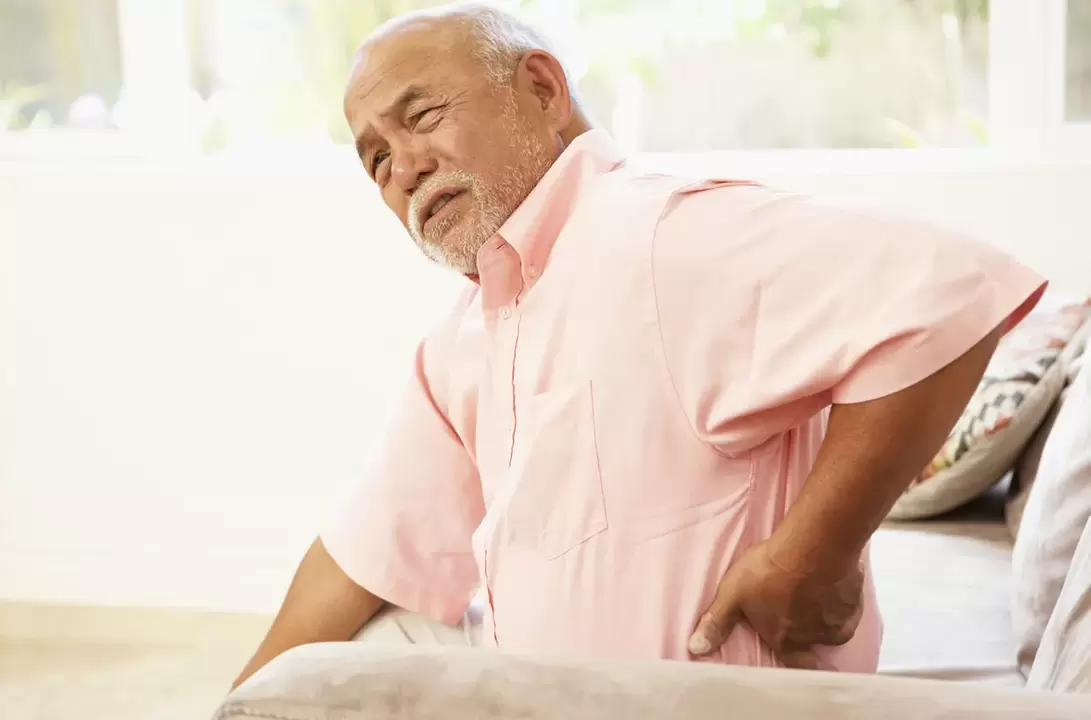
Symptoms of the disease
Medicine will highlight the following symptoms, which are manifested at different stages of the disease in both women and men:
- 1 degree.You may notice a manifestation of pain, which causes irritation of the nerve endings. There are local, acute or dull symptoms of lumbar spine pain. Often the pain manifests itself elsewhere and is called a reflex. The following symptoms can also be noticed: impaired circulation of limbs and ligaments, as well as internal organs. As a consequence of impaired circulation, symptoms of pain in the area of ligament-to-bone attachment occur. Seals in this area have also been recorded. There are symptoms of pain in the lumbosacral segment, which radiate to the lower extremities. The functioning of the urinary system may be impaired.
- 2nd degree.You may notice symptoms of discomfort in the lumbar spine, constant muscle fatigue.
- 3 degrees.There are symptoms associated with radicular syndrome. Such symptoms caused by radicular syndrome consist in a violation of the sensitivity of the affected area. Symptoms associated with radicular syndrome do not appear immediately. At the beginning, the symptoms are expressed in hypersensitivity, tingling, tingling. This is followed by a feeling of numbness, all the way to a complete loss of sensitivity. Symptoms associated with radicular syndrome cause dysfunction of the motor system, including paralysis and atrophy. Also, symptoms associated with radicular syndrome are a manifestation of pain that is localized along the length of the legs. In addition to the signs of radicular syndrome, there is a violation of sensitivity and motor work of the lower extremities.
- 4 degrees.Symptoms of pain with radicular syndrome are less pronounced. At the same time, the range of motion of the spine is limited.

Basic treatment
The doctor makes the diagnosis based on the diagnosis. MRI, ECG, ultrasound and other studies will help in making the correct diagnosis. An X-ray is also needed.
How to treat lumbar osteochondrosis in women and men? Osteochondrosis of the lumbar spine involves complex treatment that takes a long time. Such treatment usually works in the advanced stage of the disease, when there are multiple protrusions or intervertebral hernias.
Treatment should be selected and carried out strictly individually in each case.
Treatment of muscle cramps should be carried out with the help of drugs - muscle relaxants.
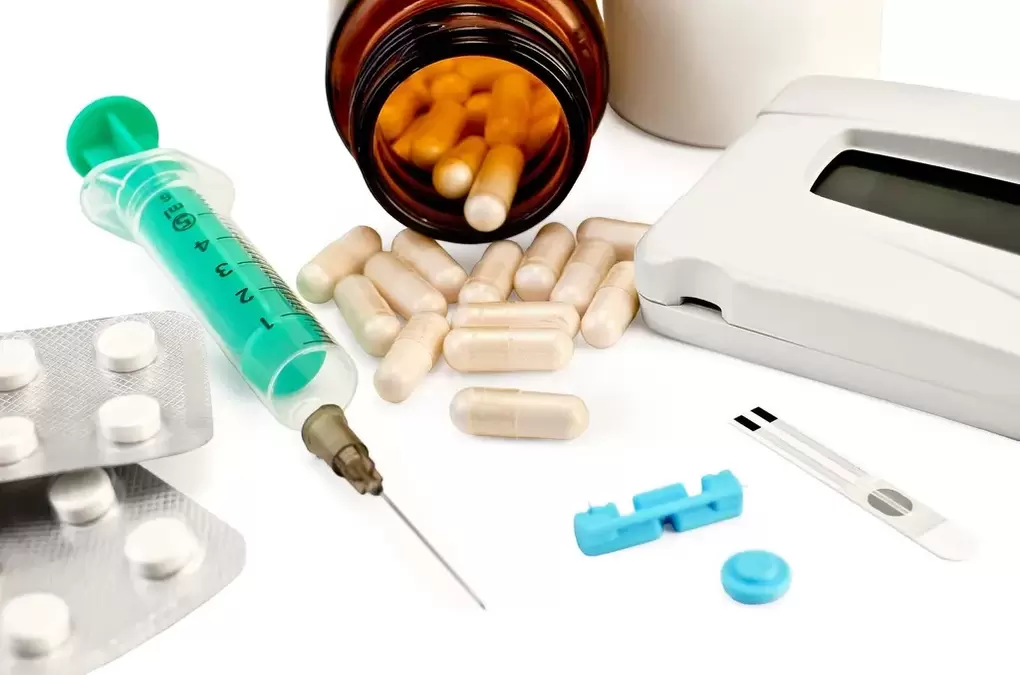
Medicine determines that treatment with muscle relaxants, with the use of NSAIDs, physiotherapy and massage, contributes to faster recovery.
Blockade as a medicine
Blockade in osteochondrosis consists of injections of drugs that are injected into the affected area. Treatment with a method such as blockade will help relieve pain immediately. The blockade consists of local anesthetics.
Treatment with novocaine blockade is most popular in modern medicine. To relieve pain, the blockade is performed once every three days. It may also be noted that osteochondrosis blockade is the safest method of treatment.
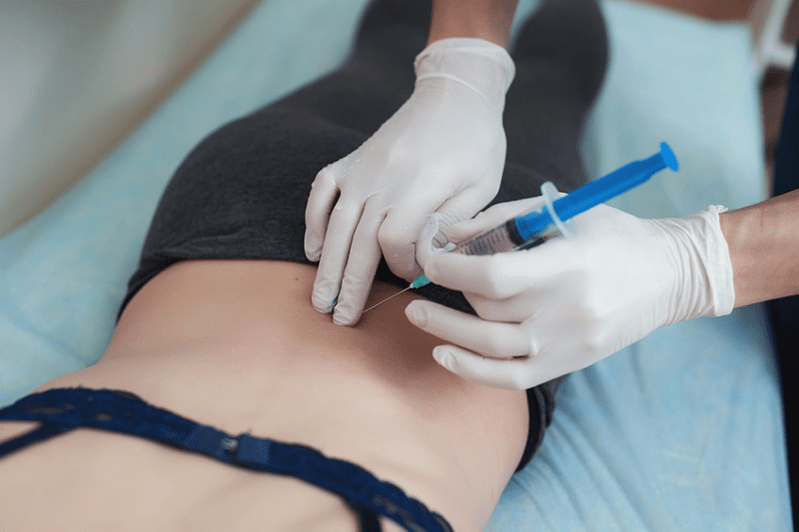
Blockade, in general, does not cause side effects, because the action of the drug is local. It is possible to carry out treatment with such a method as blockade for an indefinite period of time, with any worsening of the disease.
In addition, to relieve pain, blockade is used to remove inflammation, swelling and improve metabolism. To prolong the therapeutic effect, such a method as blockade should include several drugs simultaneously (novocaine and corticosteroids). The blockade should be performed by an experienced physician.
Proper nutrition is the key to health
In the case of osteochondrosis, as with any other disease, the diet should be balanced, low-calorie, rich in various vitamins and minerals.
The diet of both women and men should be rich in collagen, which acts as a chondroprotector.
Fish and aspic jellies are saturated with this component. If you include jelly in your diet, you can significantly improve the condition of connective tissue. Also, the diet should include a sufficient amount of fluid intake to maintain the condition of the tissues in the intervertebral discs.
There is a different diet for people with osteochondrosis. Which is appropriate for each case will be determined by the doctor.

Hoop as a means of prevention
Such a tool as a hoop has been known since the time of our parents. The hoop is used both to improve well-being and to maintain the figure. You can spin the hoop both at home and in the gym. The most important advantage is the availability of gymnastics and simplicity.
But treatment with such a method as a hoop has its drawbacks. It is necessary to consult a doctor before twisting the hoop. If there is a hernia of the lumbar region, it is forbidden to twist the hoop. If the thoracic spine is diagnosed, preventive exercises can be done.
If you turn the hoop on a person healthy from osteochondrosis, you can improve the work of the back muscles. Also, the hoop contributes to the active functioning of the vertebrae, which is an excellent prophylaxis.
In summary, it is worth noting that if you twist the hoop with lumbar osteochondrosis, the entire load falls on the affected area. The hoop can cause pain relief, but it will come back after a while with more force.
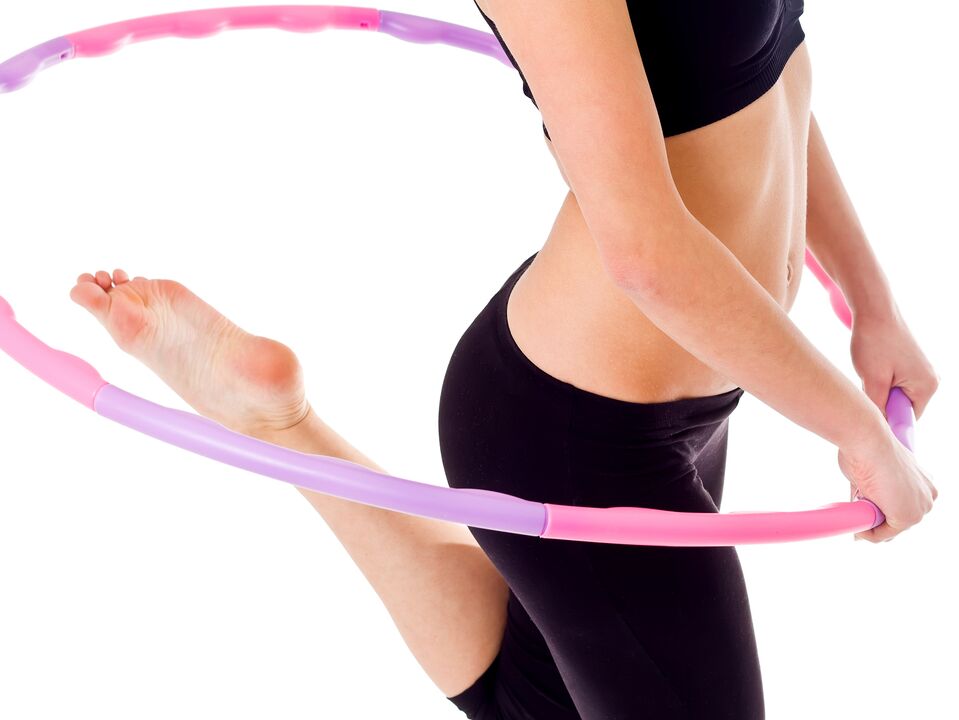
Hirudotherapy as a method of treating osteochondrosis
The disease can and can be cured by chiropractic! Leeches have a healing effect on the human body. The action of leeches reduces painful manifestations, enhances the therapeutic effect of drugs consumed and physical education, accelerates the recovery process of the patient.
Treatment with leeches is a beneficial effect of the enzyme it produces. Such an enzyme is secreted with the help of salivary leeches.
During the treatment, the doctor puts a leech on the affected area. The leech bites the upper layer of the skin, releasing its saliva into it, which can cure thrombosis, prevent blood clotting and speed up the biochemical process. Also, the action of leeches is aimed at strengthening the walls of blood vessels, as well as their expansion.
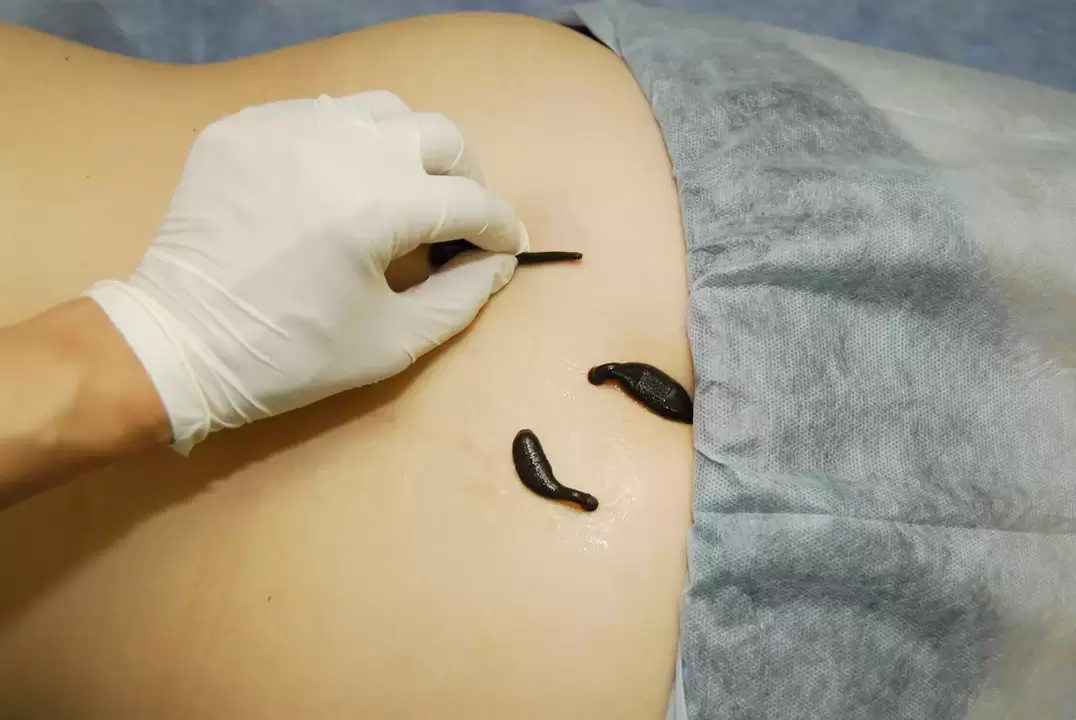
Medical leeches are completely sterile. To cure leech disease, you need to follow the sequence of actions - the duration of the first two sessions of leech treatment does not last more than thirty minutes. The third session involves the presence of a leech on the body for an hour. The wound after the leech is not treated with anything, and after the leech is removed, the patient is forbidden to lie on his back. This is necessary to prevent bleeding.
Osteochondrosis can be cured in both women and men with ten procedures, between which it is necessary to take a break of five days.
And the most important rule: a timely visit to the doctor will help to avoid negative consequences.






























